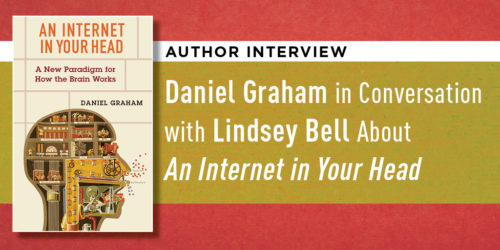Neurogastronomy: Gordon Shepherd Discusses "Neurogastronomy: How the Brain Creates Flavor and Why It Matters"
Gordon Shepherd, author of Neurogastronomy: How the Brain Creates Flavor and Why It Matters, was recently interviewed in Salon. In the interview, Gordon Shepherd explains among other things why we overeat, how to do the nose-pinch test, how to get picky kids to eat, and the best way to fool an experienced wine taster.
As Gordon Shepherd explains in the interview and in Neurogastronomy, smell, not taste, is the dominant sense in flavor. Moreover, “the science of smell is increasingly important for understanding flavor, and flavor really contributes to whether we are eating healthy or unhealthy diets.” He goes on to discuss that while taste is analytic, smell is synthetic:
It’s really simple. Taste is sweet, salt, sour and bitter — and umami, a meaty taste. The amazing thing is that when you have something in your mouth, you can taste whether it’s sweet, sour, bitter and so forth. This is analytic, because you analyze taste piece by piece, just as you would picking things up from a table. Each one is picked up separately. Smell is different because smell arises as a whole entity. It’s impossible to take the pieces apart. That’s why we call it synthetic: It’s synthesizing and bringing things together. And these are two aspects of sensation that are very important for the different senses.
As Gordon Shepherd suggests understanding how the brain and senses shape our attraction or revulsion of certain can help us avoid overeating as well as working with kids, who are picky eaters:
For kids, eating often means putting something in their mouth for the first time. That first sensation of something in your mouth can be quite aversive at first. And a child is more likely to feel that certain foods elicit a sensory quality that is unpleasant. This is where understanding how the brain creates the sensation of food, with multiple senses contributing, means that a therapist could begin to assess which sensory system is affecting how a child feels about an aversive food.




